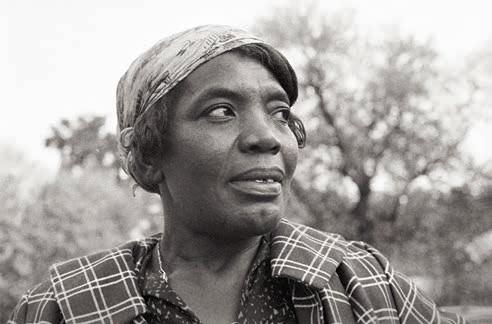
1 minute read
Women Impacting the Arts
living and working on St. Simons Island, and was active in the founding of the Harlem Church of God in Christ.

It was in the mid-1950s that Bessie met Alan Lomax. The folklorist was conducting fieldwork in the Georgia Sea Islands and working to collect the music of the Spiritual Singers Society. In 1960, while participating in Lomax’ film on the group, Bessie felt “called to teach,” and began passing on to others what she knew about slavery and little-known aspects of African-American history through the songs and stories that she learned as a child. Over the next several years, Jones toured extensively, performing at concerts and at festivals around the country.
In 1963, Bessie teamed up with other singers to form The Georgia Sea Island Singers. Alan Lomax made another film with the group as its subject. Bessie also continued to sing with the Spiritual Singers Society, and during the Civil Rights Movement, she participated in a traveling prayer band that marched with Martin Luther King in Beulah, Mississippi. In 1972, Bessie published a collection of children’s games and various stories from her life entitled Step It Down Her first solo album, So Glad I’m Here, was released in 1973, and was followed in 1975 by Step It Down. Bessie remained active singing with the Georgia Sea Island Singers and performed at President Jimmy Carter’s inauguration in 1977, she participated in workshops at schools, and sang at festivals throughout the country. Her performances, recordings, and educational programs earned many awards, including a National Heritage Fellowship from the National Endowment for the Arts. The year before her death in 1984, Bessie recounted her life and commitment to preserving African American music and folklore in For the Ancestors: Autobiographical Memories, co-published with John Stewart. Through Lomax’ historic recordings and the important cultural legacy she left through folk music, Bessie Jones’ distinctive voice and the history of the Sea Islands lives on.











